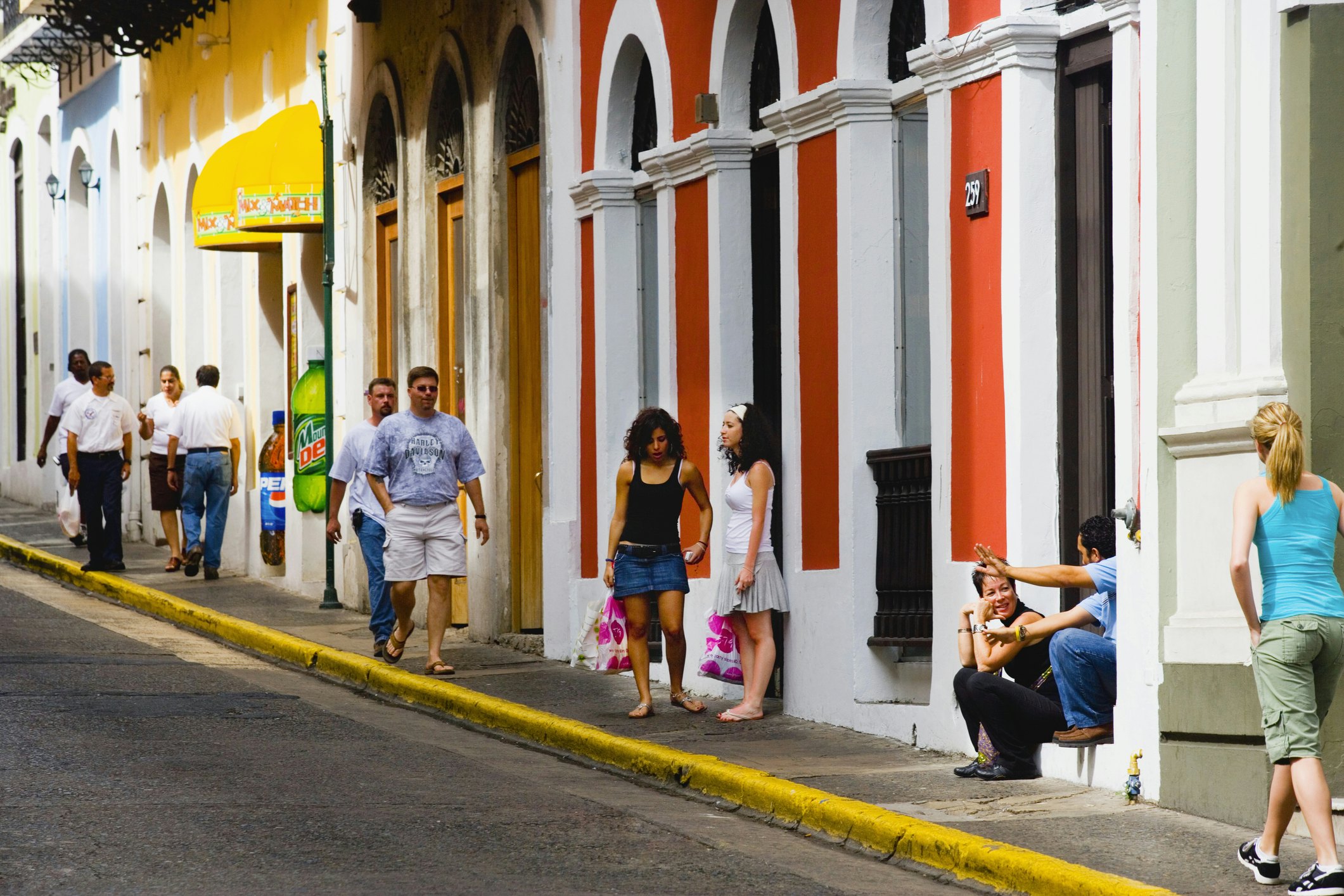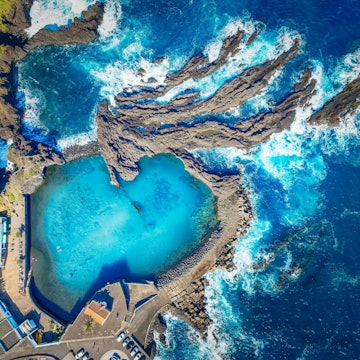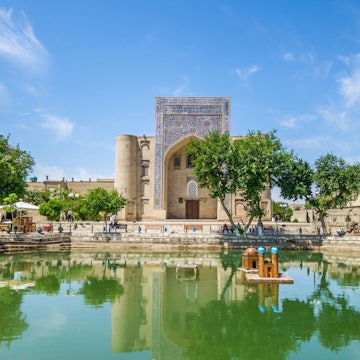

Don't let a visa mix-up end your Puerto Rico vacation before it begins © Maremagnum / Getty Images
With world-renowned beaches, mesmerizing bioluminescent bays and tropical rainforests, it’s no wonder Puerto Rico is growing in popularity among travelers.
It's also a low-maintenance choice for many regarding travel admin – Puerto Rico is a visa-free destination for over 40 countries and territories. Here’s everything you need to know about whether you need a visa and how to get one before visiting Puerto Rico.
Who can travel to Puerto Rico without a visa?
Puerto Rico is an unincorporated territory of the United States, meaning you must follow the same visa requirements as the US before visiting.
The good news is US citizens, including those living in other US territories, can travel visa-free to Puerto Rico. Since it’s considered a domestic destination, US mainland travelers don’t need a passport either. An official state-issued ID such as a driver's license is still a requisite, however.
Citizens from an additional 41 countries can visit Puerto Rico without a visa under the Visa Waiver Program (VWP) for up to 90 days. The list of visa-exempt countries includes most European nations as well as countries in Latin America, East Asia and Oceania.
Although they are visa-exempt, VWP travelers must have an approved Electronic System for Travel Authorization (ESTA) and a valid e-passport for up to six months after the trip. Canadians and Bermudians can travel visa-free to Puerto Rico, but they must have a passport or valid ID.
How do I get an ESTA?
The ESTA is a digital system accessed through the US Customs and Border Protection (CBP) website that determines if VWP applicants are eligible to travel visa-free to the United States.
You'll need to provide your home and email addresses, phone numbers and emergency contact information. The application costs US$21 and must be paid online. Once approved, the ESTA stays valid for two years.

How do I get a tourist visa?
Citizens from over 140 countries located between Africa, Asia, Oceania and the majority of Latin America need a non-immigrant visa to visit Puerto Rico, whether it will be for business (B-1) or tourism (B-2) purposes.
Applying for a Puerto Rico tourism visa has essentially two steps: submitting a DS-160 form application and doing an interview at your local US embassy or consulate.
You need a passport, a digital passport-style photo, plus your travel itinerary and travel history to complete your DS-160 form. You might need additional supporting documents about your visit’s purpose, profession and salary.
Once you've finished the application, print out your confirmation page – you'll need it to make a payment and for your interview. Each official US embassy webpage details the protocol for paying your application and making an appointment.
While some embassies require bank transfers or in-person payments, most will redirect you to third-party websites like Official US Visa Information and Appointment Services or UsTravelDocs to pay the non-refundable US$185 fee for non-immigrant visas. Both websites allow you to schedule appointments at a US embassy, the second step in your visa application process.
For the in-person interview, you must submit the following:
Passport
A printout of the DS-160’s confirmation page with ID number
Printed recent passport-style photo
Receipt or evidence of visa fee payment
Copy of appointment letter
Intended travel itinerary
Supporting documentation (assets and employment proof, bank statements, etc)
Your visa application process isn’t finished until you complete both steps. An additional reciprocity fee applies in some cases on the interview day. Once approved, your visa will be delivered to you via courier.
Can I extend my stay in Puerto Rico?
You can extend your stay in Puerto Rico by applying to the US Citizenship and Immigration Services before the period established in your I-94 form expires.
The CBP stamp on your travel document and the I-94 website also displays your authorized period of stay. A tourist visa duration could differ from your visa expiration date, which goes from 6 months to 10 years.
Keep in mind you need a valid reason for your extension, and you have to prove you intend to leave the country to get approved.

How do I get a holiday working visa for Puerto Rico?
The J-1 visa allows university students and professors to study and work for up to four months in Puerto Rico. Applying for a J-1 and a B-2 tourist visa is a similar process, except you need to find a sponsor company and be accepted on the Exchange Visitor Program first.
You also have to register at the Student and Exchange Visitor Information System (SEVIS) and pay a US$220 fee, before proceeding with the J-1 visa application. Find out more about J-1 requirements for Puerto Rico at the local Department of State website.














